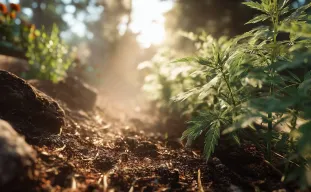 Grow GuidesHow to Apply Organic Growing Methods to Cannabis StrainsWhen you’ve been tending soil as long as I have, you learn that gardening is more than just putting a seed in the ...2025-09-24
Grow GuidesHow to Apply Organic Growing Methods to Cannabis StrainsWhen you’ve been tending soil as long as I have, you learn that gardening is more than just putting a seed in the ...2025-09-24Grow Guides
The Grow Guides blog category consists of comprehensive cannabis grow guides covering every stage of cultivation, from germination to harvest. Learn how to optimize your setup, environment, nutrients, training techniques, and more.
 Grow GuidesHow to Apply Organic Growing Methods to Cannabis StrainsWhen you’ve been tending soil as long as I have, you learn that gardening is more than just putting a seed in the ...2025-09-24
Grow GuidesHow to Apply Organic Growing Methods to Cannabis StrainsWhen you’ve been tending soil as long as I have, you learn that gardening is more than just putting a seed in the ...2025-09-24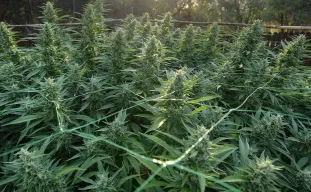 Grow GuidesHow to Support Heavy Buds OutdoorsOutside, weed plants can easily reach heights of eight feet with heavy tops on each branch - what a lovely sight.
Howeve...2025-04-03
Grow GuidesHow to Support Heavy Buds OutdoorsOutside, weed plants can easily reach heights of eight feet with heavy tops on each branch - what a lovely sight.
Howeve...2025-04-03 Grow GuidesGrowing Weed in an Apartment - 5 TipsIf you live in a large town or city, the chances are that you live in an apartment or flat. If you fancy doing a bit of ...2024-12-04
Grow GuidesGrowing Weed in an Apartment - 5 TipsIf you live in a large town or city, the chances are that you live in an apartment or flat. If you fancy doing a bit of ...2024-12-04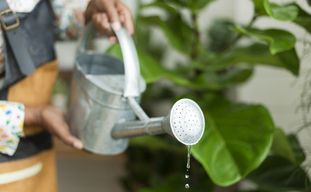 Grow GuidesHow Much Water for 5 Gallon (20L) Autoflower? A Practical Guide for GrowersI've spent years perfecting my indoor grow setup, and nothing beats the satisfaction of harvesting potent buds from my o...2024-11-26
Grow GuidesHow Much Water for 5 Gallon (20L) Autoflower? A Practical Guide for GrowersI've spent years perfecting my indoor grow setup, and nothing beats the satisfaction of harvesting potent buds from my o...2024-11-26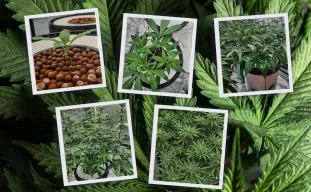 Grow GuidesHow To Grow Autoflowers Week by WeekOnce you’ve got into the swing of growing autoflowering cannabis, you’ll find it a fun and therapeutic proce...2024-11-01
Grow GuidesHow To Grow Autoflowers Week by WeekOnce you’ve got into the swing of growing autoflowering cannabis, you’ll find it a fun and therapeutic proce...2024-11-01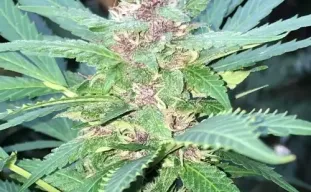 Grow GuidesCultivating Autoflowers in Extremely Small SpacesAre you passionate about growing cannabis, but your living space is tiny? Do you want homegrown buds, but bulky equipmen...2024-09-17
Grow GuidesCultivating Autoflowers in Extremely Small SpacesAre you passionate about growing cannabis, but your living space is tiny? Do you want homegrown buds, but bulky equipmen...2024-09-17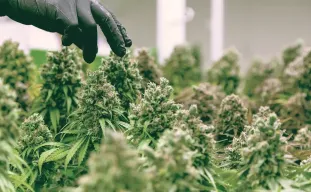 Grow GuidesWhen To Harvest Cannabis For Best ResultsIt is almost time for the best moment of growing cannabis. Harvesting gets you one step closer to enjoying the fruits of...2024-09-17
Grow GuidesWhen To Harvest Cannabis For Best ResultsIt is almost time for the best moment of growing cannabis. Harvesting gets you one step closer to enjoying the fruits of...2024-09-17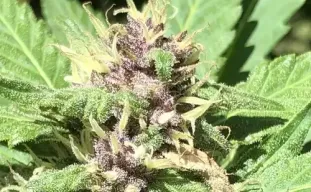 Grow GuidesAdvanced Autoflower Cultivation Methods for Elite GrowersAutoflowers. These remarkable cannabis plants flower based on their age, making them perfect for beginner growers. Let's...2024-09-17
Grow GuidesAdvanced Autoflower Cultivation Methods for Elite GrowersAutoflowers. These remarkable cannabis plants flower based on their age, making them perfect for beginner growers. Let's...2024-09-17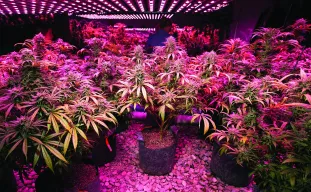 Grow GuidesCannabis Micro Grow: Growing a Small Weed PlantMany people are taking up growing their own cannabis plants indoors these days. However, not everyone has the space to g...2024-09-17
Grow GuidesCannabis Micro Grow: Growing a Small Weed PlantMany people are taking up growing their own cannabis plants indoors these days. However, not everyone has the space to g...2024-09-17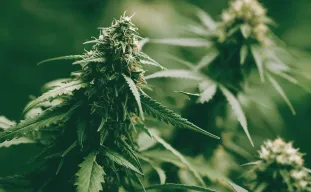 Grow GuidesHow to grow weed fast?Growing cannabis is a time-consuming process, and most growers are keen to get to the curing stage as quickly as possibl...2024-09-17
Grow GuidesHow to grow weed fast?Growing cannabis is a time-consuming process, and most growers are keen to get to the curing stage as quickly as possibl...2024-09-17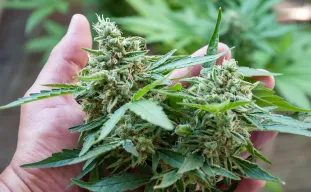 Grow GuidesDense Nugs Guide: How to grow dense Buds?Growing your own cannabis plants is not a difficult task, and even first-time growers can achieve a successful yield. Ye...2024-09-17
Grow GuidesDense Nugs Guide: How to grow dense Buds?Growing your own cannabis plants is not a difficult task, and even first-time growers can achieve a successful yield. Ye...2024-09-17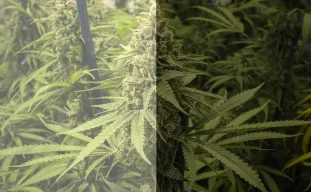 Grow GuidesGuide to: 12-12 From Seed TechniqueWith regular and feminized seeds, you need to determine when to end the vegetative phase and make the plants flower. Usu...2024-09-17
Grow GuidesGuide to: 12-12 From Seed TechniqueWith regular and feminized seeds, you need to determine when to end the vegetative phase and make the plants flower. Usu...2024-09-17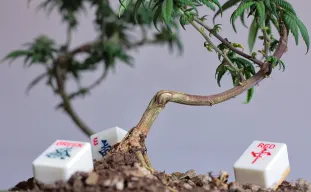 Grow GuidesCannabonsai Guide: How to Grow a Bonsai Weed Plant?Bonsai weed plants are neither myth nor legend. They are very real and fun ways to cultivate a good-looking potted strai...2024-09-17
Grow GuidesCannabonsai Guide: How to Grow a Bonsai Weed Plant?Bonsai weed plants are neither myth nor legend. They are very real and fun ways to cultivate a good-looking potted strai...2024-09-17 Grow GuidesCannabis Seedling Stage Guide (Baby Weed Plants)The cannabis seedling stage is the time when your weed plants are at their most tender and vulnerable.
Learning ho...2024-07-29
Grow GuidesCannabis Seedling Stage Guide (Baby Weed Plants)The cannabis seedling stage is the time when your weed plants are at their most tender and vulnerable.
Learning ho...2024-07-29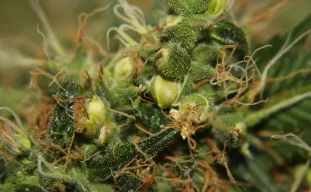 Grow GuidesGuide on How to Make Feminized SeedsFeminized seeds first entered the cannabis market about 15 years ago. Even if some seed banks were initially reluctant. ...2024-07-21
Grow GuidesGuide on How to Make Feminized SeedsFeminized seeds first entered the cannabis market about 15 years ago. Even if some seed banks were initially reluctant. ...2024-07-21 Grow GuidesCloning Autoflowers: Is It Possible?You may have heard that autoflowers - despite their many advantages - cannot be cloned. Why is this? Is it even true tha...2024-06-08
Grow GuidesCloning Autoflowers: Is It Possible?You may have heard that autoflowers - despite their many advantages - cannot be cloned. Why is this? Is it even true tha...2024-06-08 Grow GuidesGrowing Weed at Home Without Lights in 6 StepsGrowing marijuana may seem like a particularly challenging job to many, but let us reassure you. Anyone can do it, so wh...2024-06-06
Grow GuidesGrowing Weed at Home Without Lights in 6 StepsGrowing marijuana may seem like a particularly challenging job to many, but let us reassure you. Anyone can do it, so wh...2024-06-06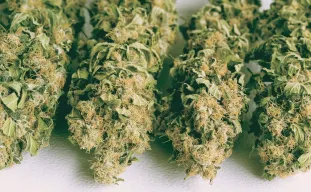 Grow GuidesHow to Dry and Cure Weed to Improve Quality?The end is almost here, and you can almost taste the cannabis buds. Still, you have some stuff to do to improve the qual...2023-09-21
Grow GuidesHow to Dry and Cure Weed to Improve Quality?The end is almost here, and you can almost taste the cannabis buds. Still, you have some stuff to do to improve the qual...2023-09-21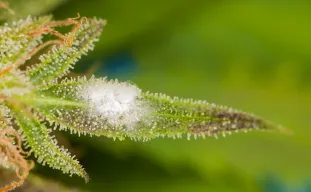 Grow GuidesHow to Get Rid of Mold on Weed Plants (3 Ways)Ever noticed odd, fluffy growths or weird white powdery patches developing on your cannabis plants?
Hate to be the beare...2023-07-06
Grow GuidesHow to Get Rid of Mold on Weed Plants (3 Ways)Ever noticed odd, fluffy growths or weird white powdery patches developing on your cannabis plants?
Hate to be the beare...2023-07-06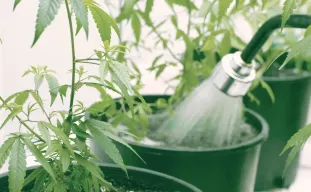 Grow GuidesHow Often Should I Water My Weed Plant?How much water do weed plants need daily, and how often should I water my weed plant? These are questions we often recei...2023-05-17
Grow GuidesHow Often Should I Water My Weed Plant?How much water do weed plants need daily, and how often should I water my weed plant? These are questions we often recei...2023-05-17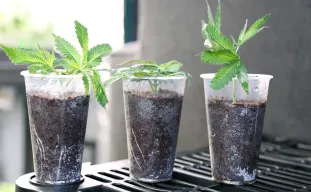 Grow GuidesCloning Cannabis Guide - How to Clone a Weed Plant?Cloning weed plants is an excellent way to preserve and propagate your favorite strains without having to spend money on...2023-04-27
Grow GuidesCloning Cannabis Guide - How to Clone a Weed Plant?Cloning weed plants is an excellent way to preserve and propagate your favorite strains without having to spend money on...2023-04-27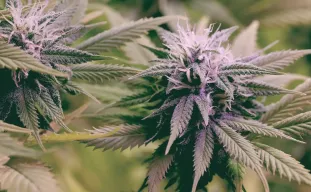 Grow GuidesHow to Grow Purple Cannabis (3 Easy Steps)Have you ever seen purple cannabis and thought, "Whoa - that looks gorgeous!"?
Growing vibrant purple cannabis is an exc...2023-01-30
Grow GuidesHow to Grow Purple Cannabis (3 Easy Steps)Have you ever seen purple cannabis and thought, "Whoa - that looks gorgeous!"?
Growing vibrant purple cannabis is an exc...2023-01-30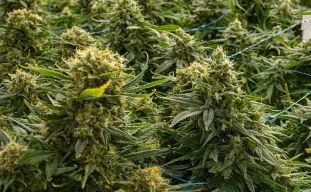 Grow GuidesGuide on How to Grow Big BudsIf you want to maximize the result of your harvest, one of the most important things to learn is how to grow big buds.
T...2022-12-06
Grow GuidesGuide on How to Grow Big BudsIf you want to maximize the result of your harvest, one of the most important things to learn is how to grow big buds.
T...2022-12-06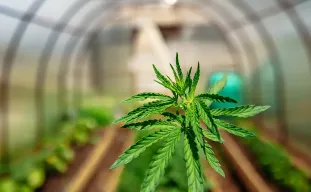 Grow GuidesHow To Grow Cannabis In a Greenhouse (5 Simple Steps)Have you ever thought of growing weed in a greenhouse?
It turns out that greenhouses are ideal for cultivating more than...2022-12-06
Grow GuidesHow To Grow Cannabis In a Greenhouse (5 Simple Steps)Have you ever thought of growing weed in a greenhouse?
It turns out that greenhouses are ideal for cultivating more than...2022-12-06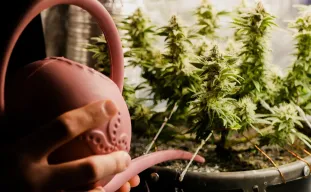 Grow GuidesQuestion: How to Grow Marijuana at Home in 60 DaysIf you're impatient, growing weed can seem overwhelming. Especially when you consider that it can sometimes take up to 3...2022-12-06
Grow GuidesQuestion: How to Grow Marijuana at Home in 60 DaysIf you're impatient, growing weed can seem overwhelming. Especially when you consider that it can sometimes take up to 3...2022-12-06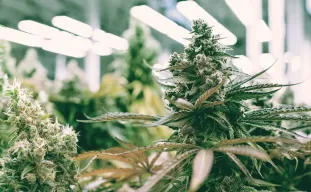 Grow GuidesAutoflower Grow Guide: How to Grow Autoflowers?Autoflower plants begin flowering on their own, and they make life easier. The growing period is shorter as well. If you...2022-12-06
Grow GuidesAutoflower Grow Guide: How to Grow Autoflowers?Autoflower plants begin flowering on their own, and they make life easier. The growing period is shorter as well. If you...2022-12-06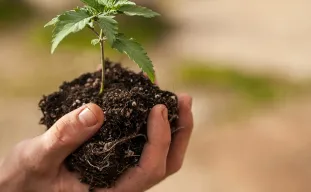 Grow GuidesGuide To Transplanting Cannabis PlantsIs your seedling or clone ready for transplanting? Is your plant growing too big for its pot? Here, we look at how to tr...2022-12-06
Grow GuidesGuide To Transplanting Cannabis PlantsIs your seedling or clone ready for transplanting? Is your plant growing too big for its pot? Here, we look at how to tr...2022-12-06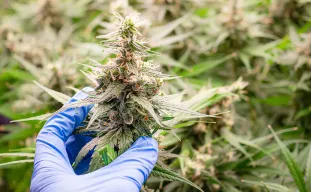 Grow GuidesWhen To Harvest Autoflowering CannabisThe window for optimal harvesting is much shorter for autoflowering cannabis due to its short flowering time.You'll need...2022-12-06
Grow GuidesWhen To Harvest Autoflowering CannabisThe window for optimal harvesting is much shorter for autoflowering cannabis due to its short flowering time.You'll need...2022-12-06








